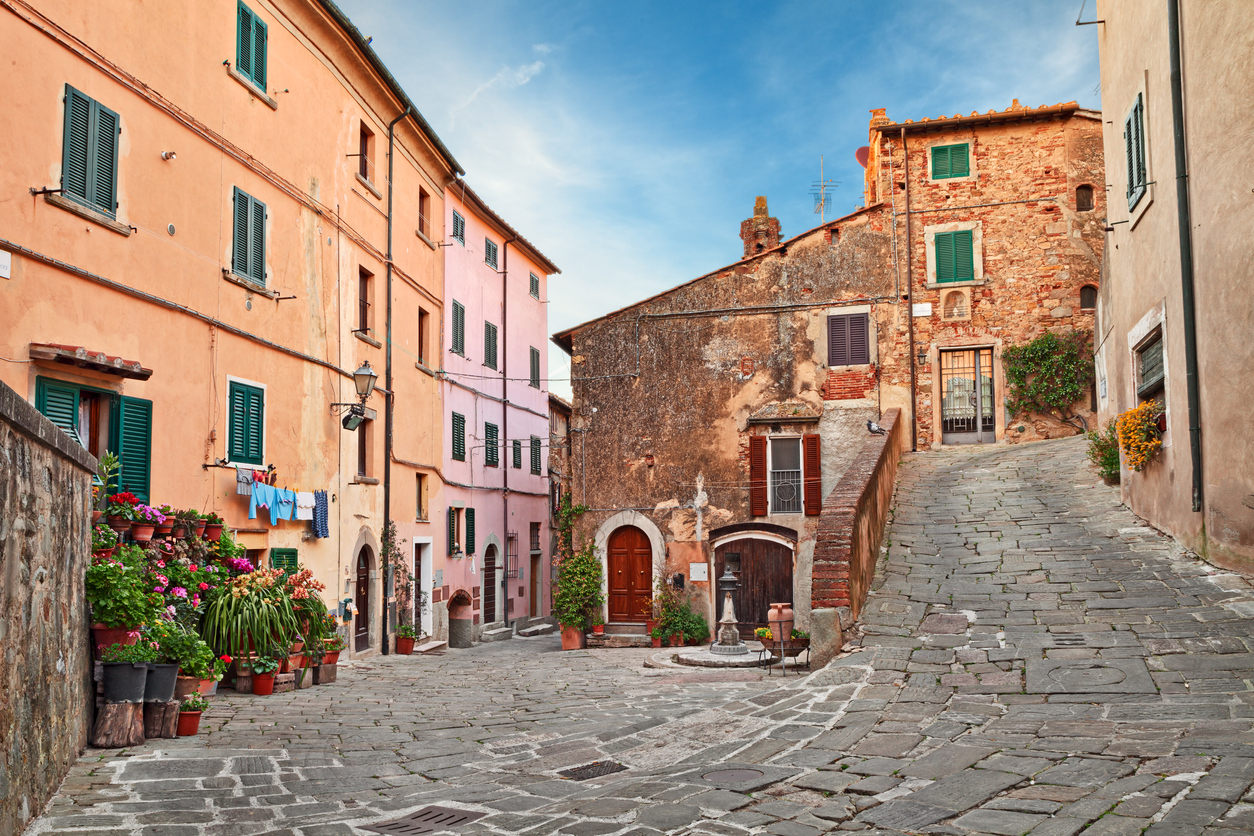

lunedì 19/06/2023 • 06:00
Guidelines for the exploitation of Italian cultural heritage assets
The Decree n. 161 of April 11, 2023 issued by the Italian Ministry of Culture sets the guidelines for the determination of the minimum fees for the exploitation of Italian cultural heritage assets: a breath of legal clarity and transparency but not a cheap one.
di Ilaria Carli - Avvocato, senior counsel di WST Law & Tax Firm
- Tempo di lettura 2 min.
Ascolta la news 5:03
- caricamento..
Last April, the Italian Ministry of Culture issued a decree (Decree No. 161 of April 11, 2023, hereinafter the “Decree”) containing a set of guidelines for the determination of the minimum fees for the exploitation of assets under the custody of Italian institutions such as inter alia public museums, archives and libraries (“Linee guida per la determinazione degli importi minimi dei canoni e dei corrispettivi per la concessione d’uso dei beni in consegna agli istituti e luoghi della cultura statali”).
Despite the generic wording of the title, the Decree provides for specific criteria of calculation and minimum amounts of fees due for two different categories of activities:
(a) the reproduction of the so called “cultural heritage assets” pursuant to article 108, paragraph 6 of the Italian Cultural Heritage and Landscape Code (Legislative Decree of January 22, 2004, n. 42, hereinafter the “Italian Cultural Heritage Code”) and
(b) the use of the spaces where cultural heritage assets are located.
Reproduction of cultural assets
As it regards the first category, it is worth highlighting that under the system designed by the Italian Cultural Heritage Code any reproduction having a commercial purpose of Italian assets of cultural, artistical or historic interest falling within the definition of “cultural heritage assets” (as set forth in artic...
 Quotidianopiù è anche su
WhatsApp! Clicca qui per
iscriverti gratis e seguire tutta l'informazione real time, i video e i podcast sul tuo smartphone.
Quotidianopiù è anche su
WhatsApp! Clicca qui per
iscriverti gratis e seguire tutta l'informazione real time, i video e i podcast sul tuo smartphone.
© Copyright - Tutti i diritti riservati - Giuffrè Francis Lefebvre S.p.A.
Vedi anche
Linee guida per la concessione d’uso dei beni culturali italiani
Il Decreto del Ministro della cultura del 11 aprile 2023 n. 161 fissa le linee guida per la determinazione dei canoni minimi per la concessione d’uso dei beni culturali italiani
di
Ilaria Carli - Avvocato, senior counsel di WST Law & Tax Firm
Iscriviti alla Newsletter
Rimani aggiornato sulle ultime notizie di fisco, lavoro, contabilità, impresa, finanziamenti, professioni e innovazione

Trovi interessante questo video?
Per continuare a vederlo e consultare altri contenuti esclusivi abbonati a QuotidianoPiù,
la soluzione digitale dove trovare ogni giorno notizie, video e podcast su fisco, lavoro, contabilità, impresa, finanziamenti e mondo digitale.
Abbonati o
contatta il tuo
agente di fiducia.
Se invece sei già abbonato, effettua il login.